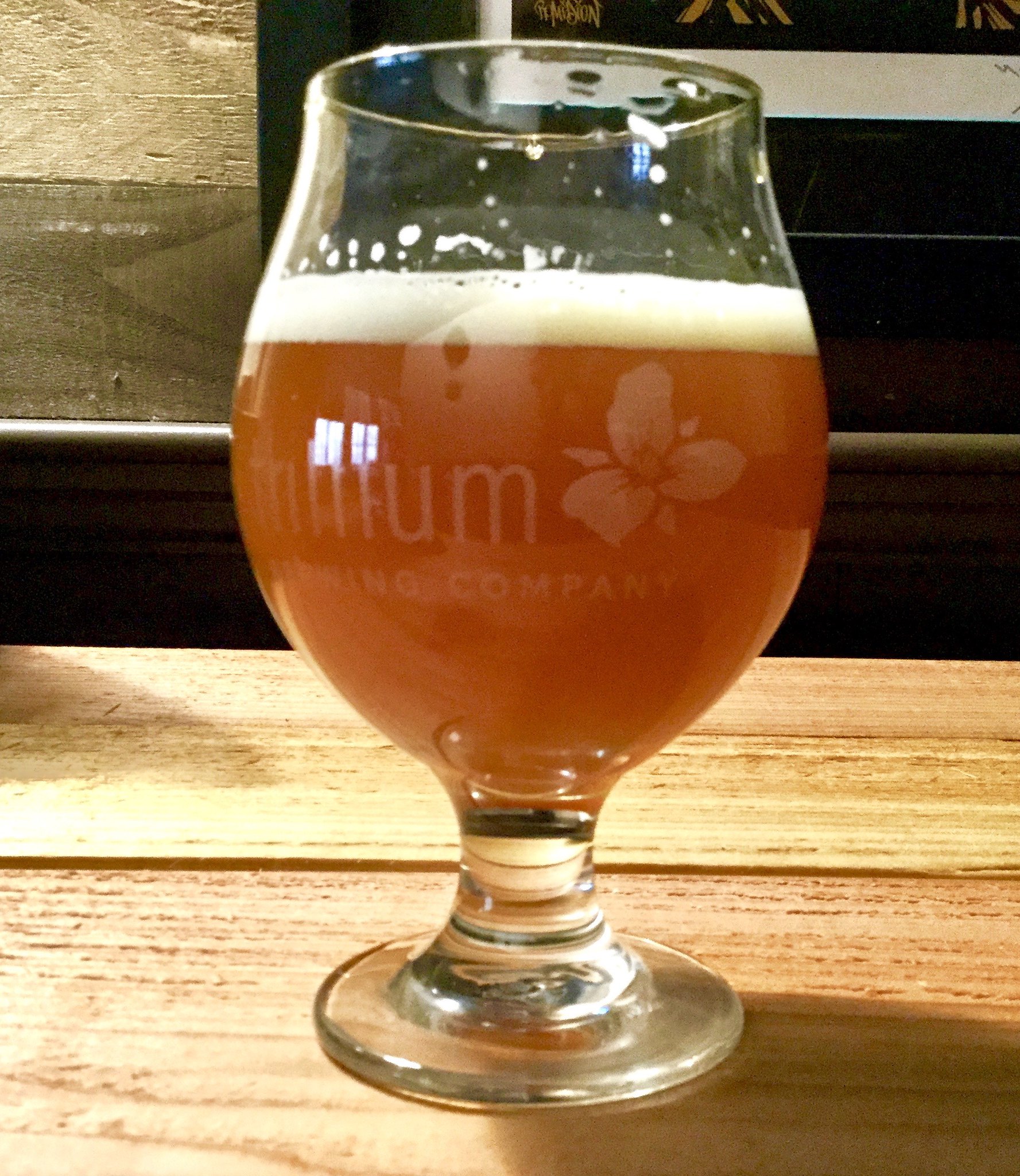It literally only takes a couple minutes to reach desired temp if you mash in 5 degrees or so below target temp especially if doing full volume as the temp hardly drops at all. All the starches are not going to convert in a few minutes. You can even mash in at your desired temp and it will only fall a couple degrees... With a burner running it will take 2 minutes to come right back. I will personally will mash in around 120 degrees and ramp up my mash temps from there to my desired temps. This does create a more fermentable but I would say only half the starches convert until I get up to my mash temps. Just trying to give the guy a fool proof method for not missing your intended mash temps. Dealing with strike water temps and guessing where it will fall to isn't as reliable.
I have found the opposite to be true. Whenever I've tried to warm up a mash with a burner, I overshot the mash temp. I'm sure it's possible with practice to get your timing down so that doesn't happen, but it does have a learning curve.
On the other hand, there are lots of calculators that given your strike water volume, kettle weight, grain bill weight, and grain temp will give you an accurate target temp for your strike water. My favorite is: https://pricelessbrewing.github.io/BiabCalc/#Advanced. I've never been off more than a degree or two with this method.
Brew on


























![Craft A Brew - Safale S-04 Dry Yeast - Fermentis - English Ale Dry Yeast - For English and American Ales and Hard Apple Ciders - Ingredients for Home Brewing - Beer Making Supplies - [1 Pack]](https://m.media-amazon.com/images/I/41fVGNh6JfL._SL500_.jpg)




































